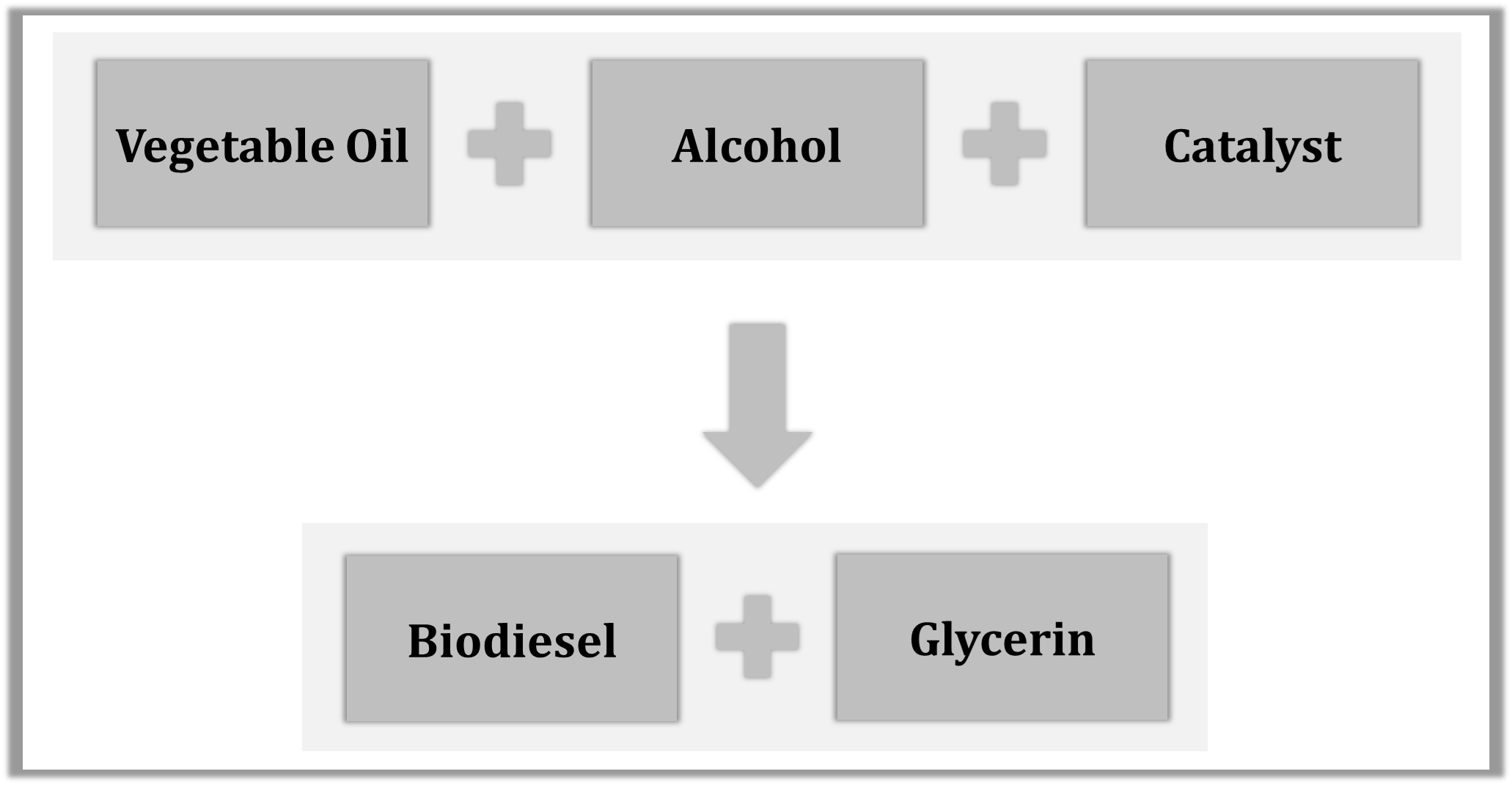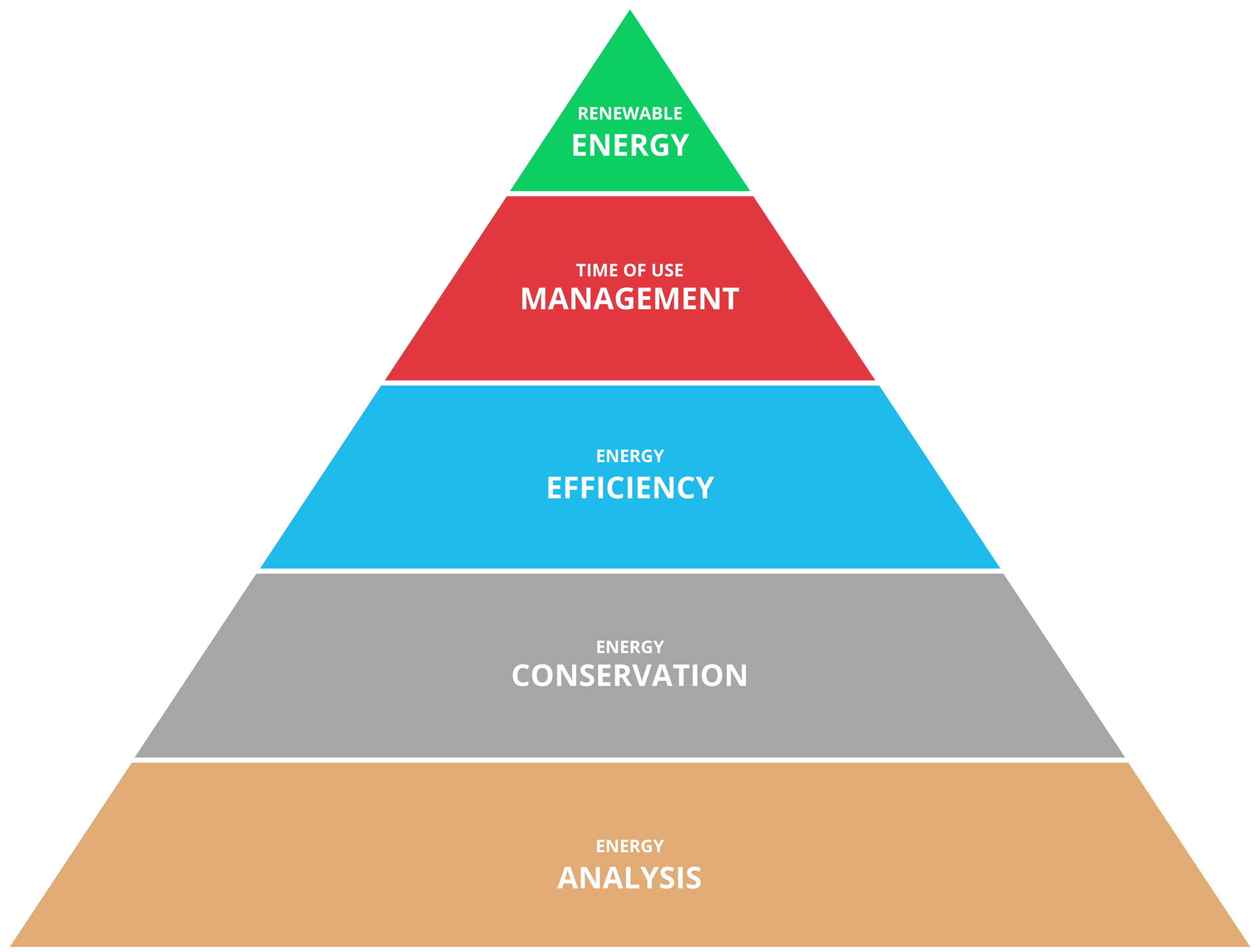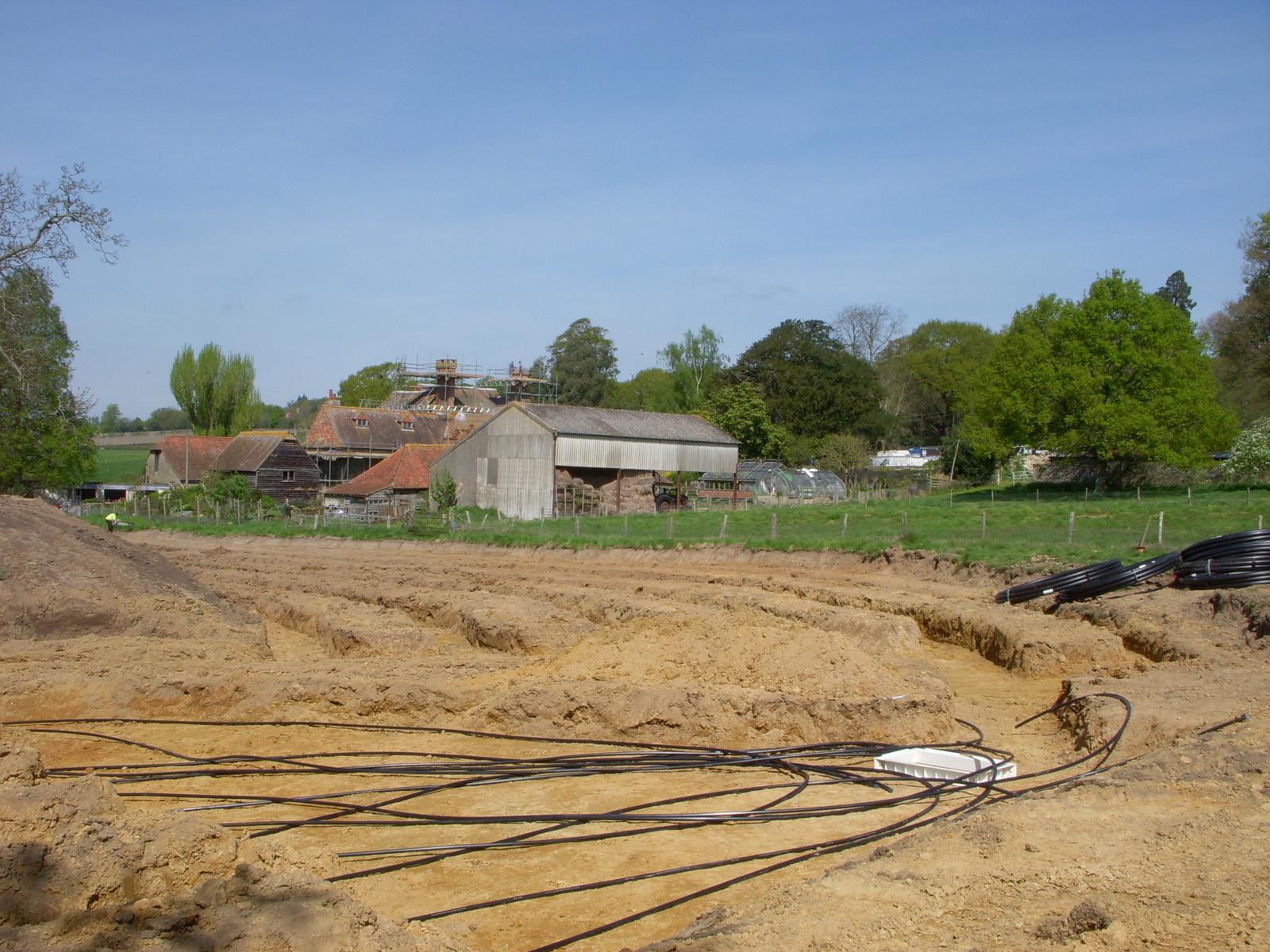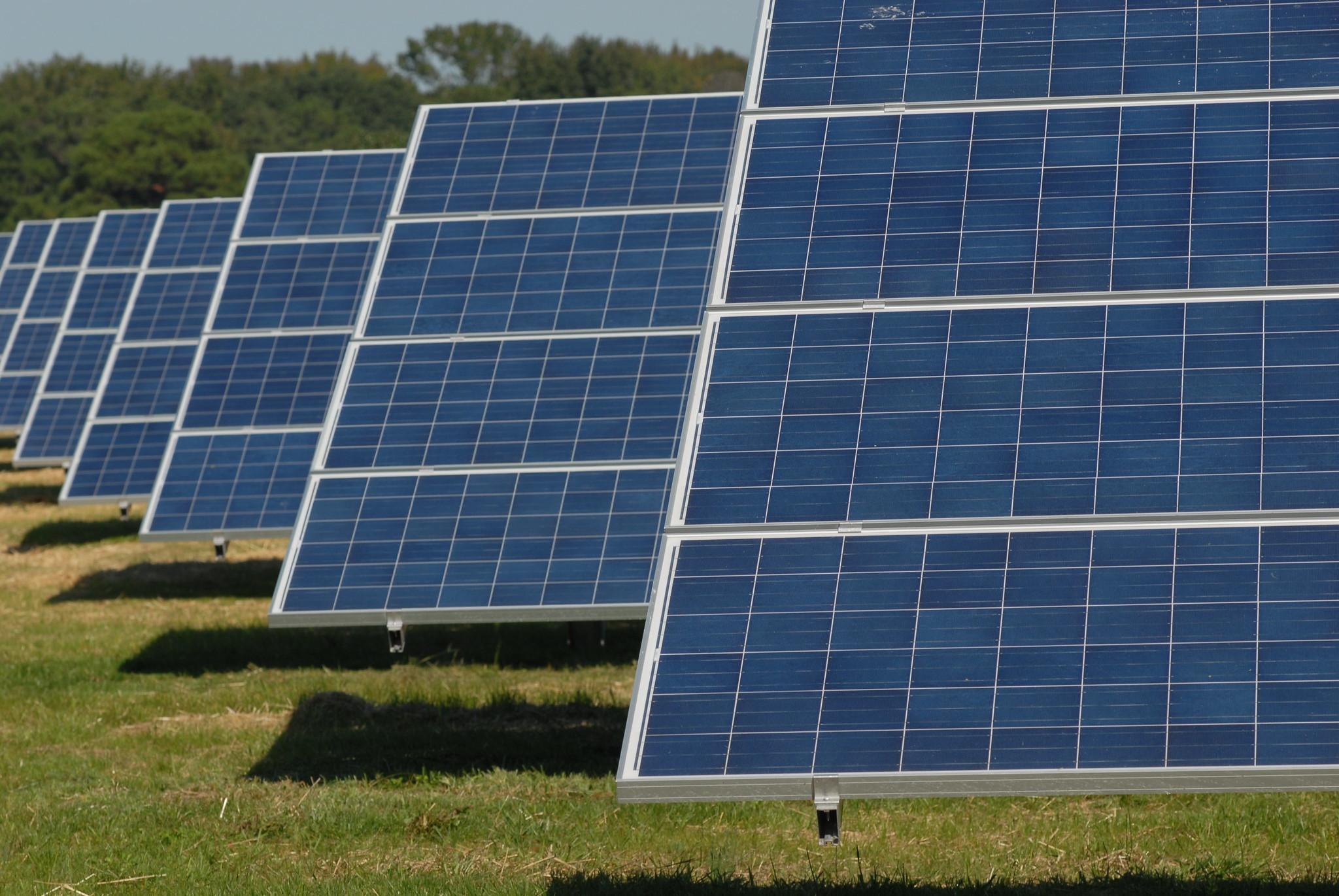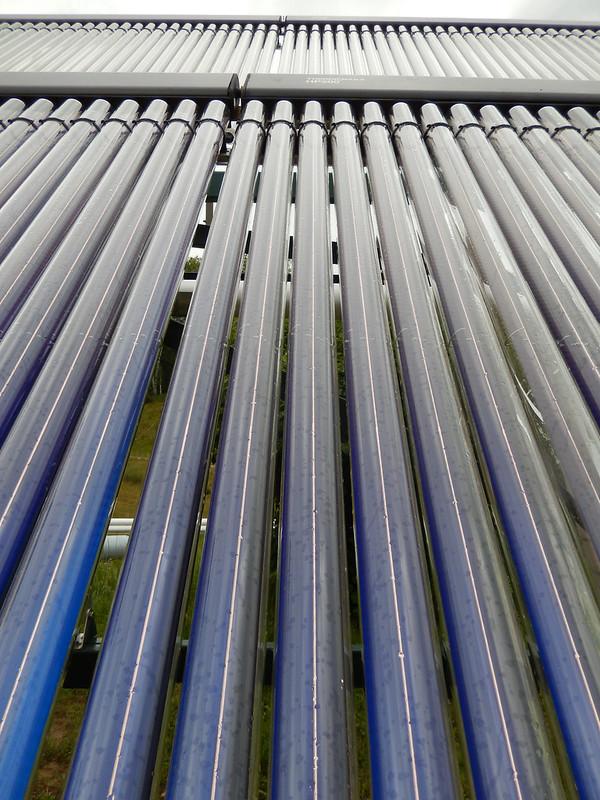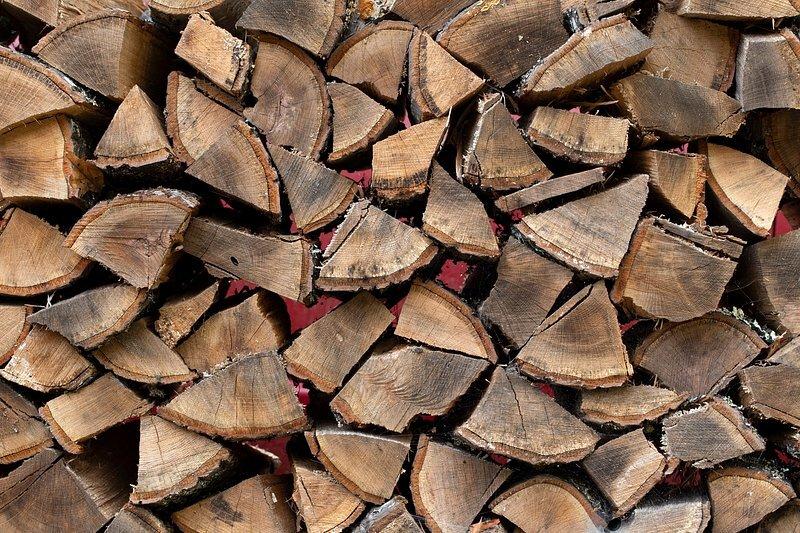Capital Costs
When comparing offers from equipment retailers, it's important to consider what accessories are included with the basic processing equipment. Basic equipment for oilseed processing includes:
- Seed Preparation Equipment
- Mechanical Extractor
- Power Source for the Extractor
- Seed Storage Bin(s)
- Meal Storage Bin(s)
- Pumps, Filters, and Plumbing for Oil Storage
- Oil Storage Tank(s)
The required seed preparation equipment varies depending on the oilseed. For example, canola requires minimal preparation, while sunflower may need additional equipment to remove hulls. Equipment manufacturers and retailers can help determine the necessary equipment for specific oilseeds.
One of the largest capital expenditures for small-scale oilseed processors is the mechanical extraction press, which may be sold with or without a power source. Small-scale equipment often excludes storage bins and tanks, but some retailers offer complete systems. Installation, delivery, and setup costs should also be considered, as shipping can be substantial due to the size and weight of the equipment. Purchasing bins and tanks locally may reduce shipping costs. Additionally, oil storage and filtration require pipes, valves, tanks, pumps, and filters.
Most oilseed processing equipment is electrically powered, and installation may require electrical system modifications. These costs are sometimes overlooked but are important considerations.
Operating Costs
Operating costs vary widely among different sizes and brands of processing equipment. Labor costs are a significant factor. Some presses operate without direct supervision, while others require monitoring, which can increase labor costs. For example, a 2-ton press requires the same labor as a 5-ton press, making labor costs per ton higher for the smaller press.
Processor Capacity
Mechanical processors have daily capacities ranging from less than one ton to over 50 tons. The capacity and hours of operation determine the amount of seed processed. Commercial plants often operate 24 hours a day for over 300 days a year, while smaller processors may operate less frequently. It's important to evaluate the correct processing capacity for your operation.

